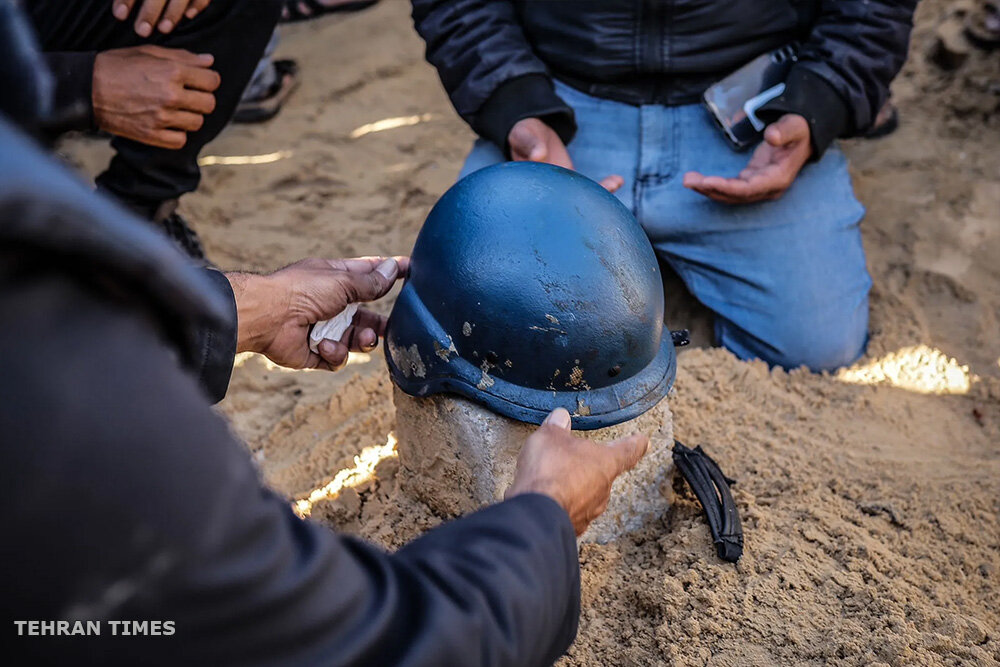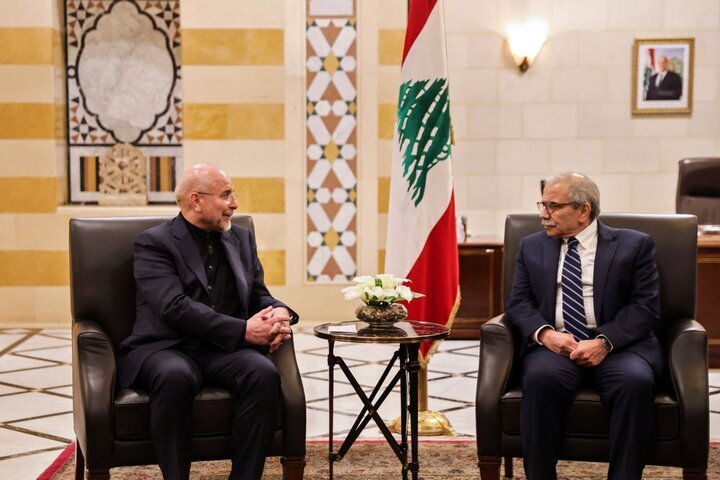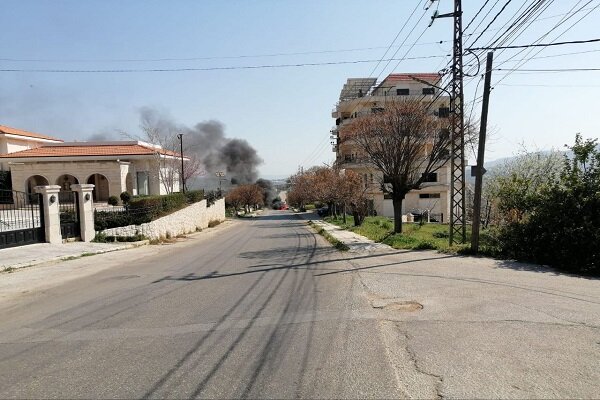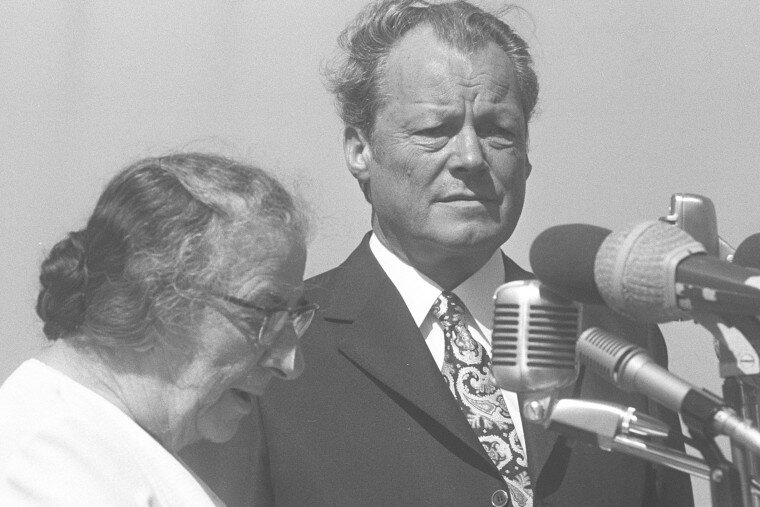Gaza Tragedy: Journalist Death Toll Soars to 210 Amid Ongoing Conflict
In a tragic incident highlighting the ongoing conflict in Gaza, Al-Faqawi was among at least two individuals who lost their lives when Israeli warplanes targeted a journalists’ tent near a hospital in Khan Younis early on Monday. This attack has raised significant concerns regarding the safety of media personnel in conflict zones.
According to reports from Al Jazeera, the bombing resulted in a total of at least seven injuries, underscoring the perilous conditions that journalists face while covering the war. The situation in Gaza continues to escalate, prompting international attention and calls for accountability.
Recent findings from the Watson Institute for International and Public Affairs reveal alarming statistics regarding the safety of journalists in the region. A report published on April 1 indicates that Israel’s military actions in Gaza have resulted in the highest number of fatalities for media workers ever documented. The report states that since October 7, 2023, a staggering 232 journalists have been killed as a direct result of the conflict.
- This number surpasses the fatalities of journalists in significant historical conflicts, including:
- Both World Wars
- The Vietnam War
- The Yugoslav Wars
- The U.S. War in Afghanistan
The implications of these statistics are profound, as they highlight the extreme risks faced by those attempting to report on the realities of war. The targeting of media personnel raises critical questions about press freedom and the protection of journalists in conflict zones.
Moreover, the ongoing violence in Gaza presents a troubling backdrop for the practice of journalism, which is essential for informing the public and holding powers accountable. The report from the Watson Institute serves as a stark reminder of the sacrifices made by journalists who risk their lives daily to bring clarity and truth to complex situations.
In addition to the fatalities, the report emphasizes the psychological toll that such violence takes on journalists working in war zones. Many media workers experience severe trauma and stress as they navigate dangerous environments while striving to fulfill their professional duties.
This tragic incident involving Al-Faqawi is not an isolated case but rather part of a broader pattern of violence against journalists in the region. As the conflict continues, there is an urgent need for greater protections for media personnel and a concerted effort to ensure their safety.
Human rights organizations and advocacy groups have been vocal about the necessity of safeguarding journalists in conflict areas. They urge both national and international bodies to implement measures that will protect media workers from targeted attacks and ensure their ability to operate freely and safely.
As this situation evolves, it remains critical for the global community to pay attention to the plight of journalists in Gaza and similar conflict zones around the world. The loss of life and the challenges faced by media professionals cannot be overlooked, and their stories must continue to be told.
In conclusion, the ongoing violence in Gaza represents not only a humanitarian crisis but also a significant threat to press freedom. The alarming statistics regarding journalist fatalities call for immediate action and a renewed commitment to protecting those who work tirelessly to report the truth. The tragic death of Al-Faqawi and others like him is a somber reminder of the sacrifices made in the pursuit of journalism, and it is essential that we honor their legacy by advocating for their safety and the freedom of the press worldwide.






